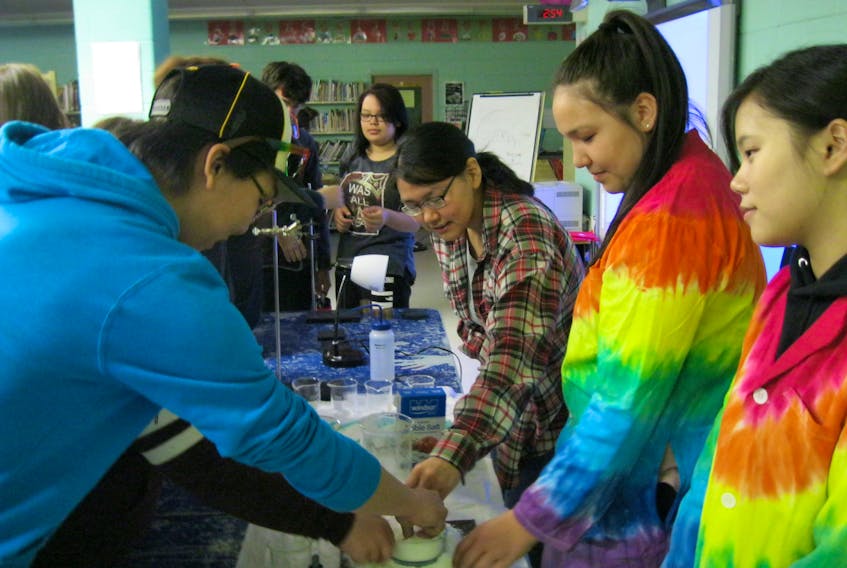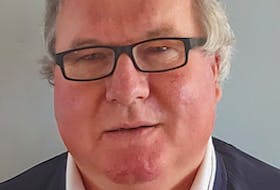By Geoff Rayner-Canham
Grenfell Matters
What does rock, ice, and Labrador tea have in common? Chemistry, of course! These are also some of the materials used by the Inuit of Nunatsiavut to survive in their harsh and often barren environment. Each substance was chosen for its specific properties and those properties are a function of its chemistry. Thus, chemistry is a major, but unrecognised, factor in the life and culture of the Inuit people.
To remove this invisible barrier, Chaim Andersen and Dr. Geoff Rayner-Canham hope to meld culture and science and eliminate the separation between Inuit traditional knowledge and scientific knowledge (particularly chemistry).
Andersen, an Inuit student from Nain, Labrador, is an environmental science (chemistry) student at the Grenfell Campus of Memorial University.
“Chemistry is an interesting science,” she says. “It is a way of knowing that involves everyday life and all of the things in it.”
She believes, through this research, students in Inuit communities can connect with the science and therefore be able to learn more effectively and more enthusiastically.
Rayner-Canham is a professor of chemistry who has been active for many years in chemistry outreach to schools in remote communities.
Using her contacts in Nunatsiavut, mainly focusing on elder information, Andersen is compiling information on Inuit materials, such as the type of stone most appropriate for whale-oil lamps and the uses of traditional medicinal plants and remedies. Approaching from the chemistry perspective, Rayner-Canham is using the scientific literature to provide explanations for their properties in terms of molecular structure.
Initially, they plan to write a series of articles, and then subsequently produce a comprehensive resource for science teachers in Nunatsiavut. To appeal to younger generations, the resource will include the chemistry of modern materials that have been introduced to the lives of Inuit people, such as gasoline and soy sauce.
“We have already taken a Chemistry show to Nain which included the preliminary part of our work,” said Andersen, “and throughout the show, we could see that there was excitement about chemistry among the students.”
Such an interest has reinforced their belief that relating chemistry and culture is truly a worthwhile way of interesting Inuit youth in chemistry.
During the winter semester, Andersen is taking a course in atmospheric chemistry. The course explains the relevant natural and human-caused Arctic phenomena. Her research term paper is on toxic organo-fluorine compounds which are now becoming a major health-hazard in northern communities. Throughout the course, she has gained knowledge of relevance to her people.
After she graduates, she will be returning to Nunatsiavut to promote science, especially chemistry, as a key component of the future lives of the Inuit people.
Michele Piercey-Normore is the dean of the School of Science and the Environment.









